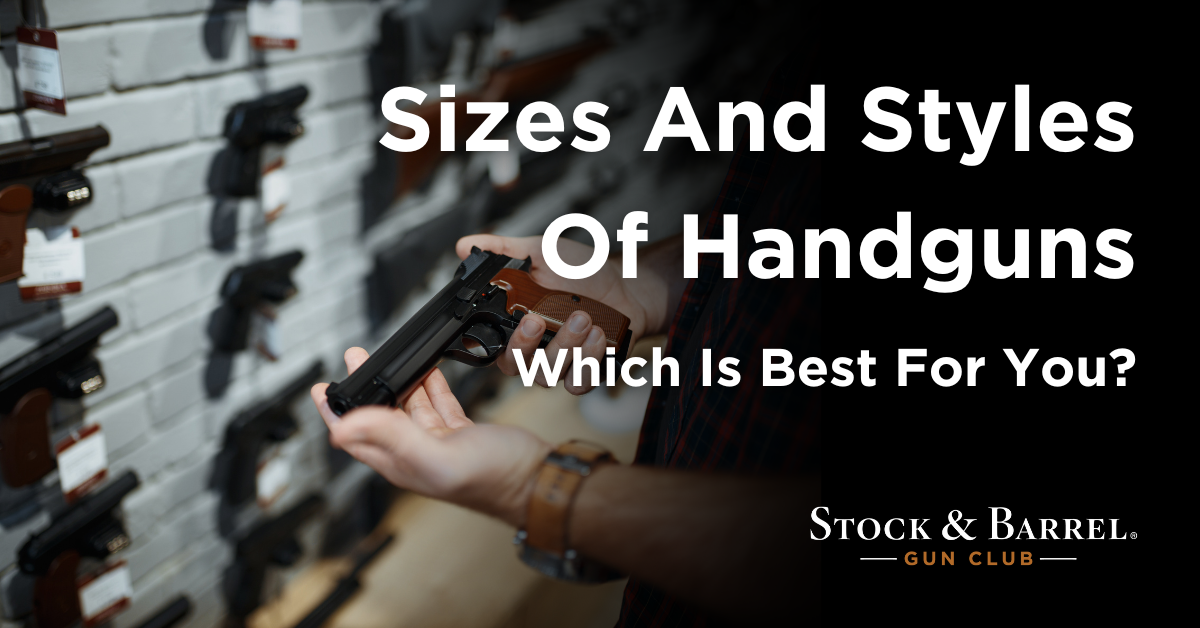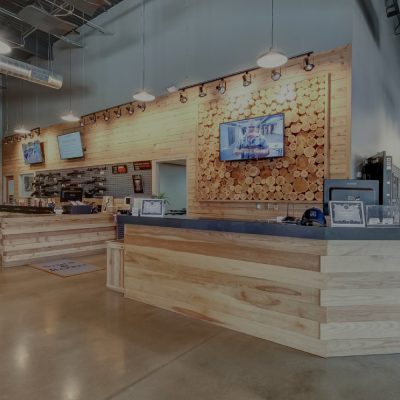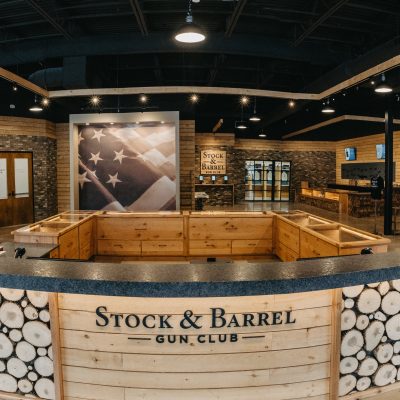One of the most confusing parts of selecting a firearm is the vast array of options. Specifically discussing handguns, there are a plethora of manufacturers, and even if you narrow down the manufacturer you prefer there are more calibers than the ubiquitous 9mm. You can take a few basic steps, however, that will help smooth the process and allow you to make an informed decision for your specific needs.
When selecting a firearm, let’s start with the handguns form factor. Your use should always dictate your choices. For example, you might not want a large, heavy, steel, 1911 style pistol to carry every day either on you personally or in an off-body bag. Conversely, shooting competition regularly with a small, light, low-capacity, handgun would also be inadvisable.
There’s also no such thing as the “Perfect Do-All” handgun. There are ubiquitous options like the venerable Glock 19 (among others) that tend to do everything competently, but they do nothing exceptionally well. That’s where, in terms of form factor, your choice should mirror the intended use. Keep in mind, no matter what you choose, especially if you have multiple options, you need to train regularly with all of your firearms. If you have an amazing, low-recoil, high-capacity competition gun that you shoot consistently, but strap on a much smaller option for ease of carry, you should be practicing with both consistently. Ask yourself, if you had to defend yourself with a pistol, which one is it most likely to be?
Next, we have caliber considerations to think about when selecting a firearm, as this tends to be a large deciding factor in the form and function of a handgun. 9mm is far and away the most popular handgun caliber in the US market. It is a strong, data-backed, effective everyday cartridge. With its low recoil, and high capacity due to cartridge size, availability, and affordability, 9mm is an excellent choice, the majority of the time.
That being said, there are times when 9mm just doesn’t quite cut it. When dealing with the potential of large game encounters, a larger, faster round is highly recommended. For this purpose, 10mm is a great choice. It sports significantly more mass with a similar velocity to 9mm, making it an ideal choice as a hunting/backpacking caliber. 10mm is also widely available in sporting goods stores because of its prevalence and popularity in what has become known as a backcountry gun. Most major manufacturers have 10mm options and more are coming every day. If you’re looking for something hard-hitting for large game, 10mm is a great option.
On the opposite side of the spectrum in pistol competition, the top-of-the-line caliber is the .38 Super and .38 Super Comp. In the USPSA competition shooting world, there’s a formula known as “power factor” that is a major deciding factor for many competitors in terms of caliber. Put simply, power factor is the weight of your bullet multiplied by your bullet speed. In this world, .38 Super and .38 Super Comp can’t be beaten. The challenge of these two calibers however, is they have an appreciable increase in recoil compared to standard 9mm and are significantly more expensive to shoot. When shooting in USPSA, shooting standard 9mm is a major competitive disadvantage in scoring compared to those shooting competition-specific calibers.
Lastly, we have small calibers such as the .22. With a round that is much lighter and that often has lower recoil, a full-size handgun might not be necessary depending on your usage. If you’re teaching a child firearms safety and they’ve graduated to the live-fire point, handing them a large, heavy handgun might not be the best choice. Instead, a lighter, polymer-frame handgun will likely give them a more enjoyable experience making it easier to encourage them to continue learning and trying out a new skill.
Now, when you combine form factor and caliber you start running into some interesting challenges. If you wanted a small Glock in 10mm, they exist in the form of the Glock 29. But this is a handgun with significant recoil, making follow-up shots difficult. Many shooters will also find it unpleasant to practice with consistently. Generally speaking, unless you have a very specific need, you should be choosing a larger handgun for a larger caliber. Preferably, it should also be made of steel with some aluminum. The weight helps offset the felt recoil of a handgun. Using weight to compensate for recoil is most evident in revolvers. Because they have no slide movement to absorb some of the energy of each shot fired, the most common way to make a revolver more enjoyable to shoot is to make it heavier. Depending on the model, however, you might also be able to shoot a different caliber in the same revolver. Most .357 revolvers can also shoot .38 Special for a similar shooting experience with a lower cost and less recoil.
So once you’ve considered caliber and form factor, you may wonder which handgun is right for your needs. The answer is heavily dependent on how you’ll be using it. If you’re purchasing simply because it looks cool or will make a nice addition to your collection, feel free to purchase whatever you like! If you’re purchasing with concealed carry in mind, you’ll need to consider comfort and reliability before making your selection. Should you find yourself in need of something to carry to ward off large, aggressive predators such as bears there are other considerations you’ll want to take into account. The staff at Stock & Barrel are well-versed in all of these considerations, and will be happy to assist you in making the correct choice for your needs. Above all, whatever you choose, you must consistently train with it to be proficient. Skills with a firearm degrade quickly, but if you’re diligent you’ll find the results speak for themselves. Make sure to speak to the Stock & Barrel staff regarding training through our Training Academy.
Other Blogs You Will Find Of Interest:
- Selecting A Handgun
- Firearms Training; A Journey, Not A Destination
- Welcome To The Gun Ownership Family
Classes You May Be Interested In:
- Introduction To Handgun Safety in Chanhassen and Eagan
- Mn Multi-State Permit To Carry – Concealed Carry Course in Chanhassen and Eagan
- Judgment Training I in Chanhassen and Eagan





